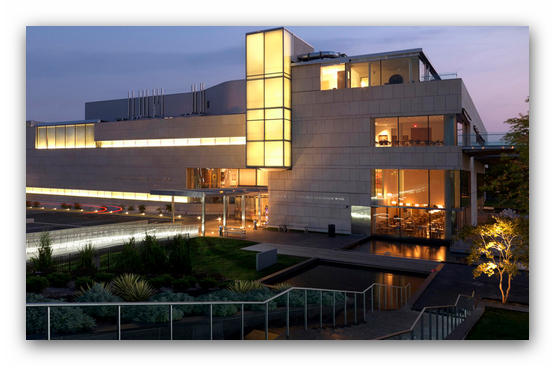Feb 2 2019 - May 5 2019
Richmond, VA
One of the most prolific printmakers of the Baroque period, Wenceslaus Hollar (Bohemian, 1607–1677) rose up out of obscurity in one of Europe’s most turbulent eras to amass an astounding body of work. Underrated during his lifetime, Hollar produced up to 2,500 etchings in a prodigious 50-year career. The breadth and virtuosity of his works have inspired artists for centuries, and yet his name and profile are only now on the rise. Drawn exclusively from the Frank Raysor Collection, a promised gift to VMFA, this exhibition presents over 200 Hollar prints—remarkable for their range of subjects, stunning details, and rare visual records of 17th-century Europe.
Hollar lived through the Thirty Years’ War, the English Civil War, the Commonwealth, and the Restoration, and these events affected him personally and found their way into his art. He was at times Catholic and at times Protestant. He lived throughout Europe and even traveled to Tangier toward the end of his life. While he knew great fortune and received patronage from leading figures of the day, he died in poverty.
Born to a noble family, Hollar likely learned the rudiments of printmaking from court artist Aegidius Sadeler II. He soon began a lifelong practice of making copies after works by great artists such as Albrecht Dürer, Leonardo da Vinci, and others. Retained by Thomas Howard, Earl of Arundel and one of the finest connoisseurs of all time, Hollar gathered material for some of the epoch’s most accomplished topographical prints, most notably The Long View of Prague. In 1636, Hollar began producing fascinating scenes of modern life in allegorical guise as well as differing costumes of women, including a rare native Woman of Virginia. In Antwerp, Hollar created three series (Insects, Muffs, and Shells) that revealed his virtuosity as a master of etched illusion. Back in London, he etched scenes of the city before and after the Great Fire of 1666.
As one of the least known but one of the most prolific and “modern” artists of the Baroque period, Hollar is well represented in the Frank Raysor Collection, which rivals those held by the British Museum and the Queen’s Collection. The Raysor Collection, as a promised gift, makes VMFA one of the world’s five major Hollar repositories.
Credit: Exhibition overview from museum website
Image: Two Moths and Six Insects, 1646, Wenceslaus Hollar (Bohemian, 1607–1677), etching printed in black ink on laid paper. Virginia Museum of Fine Arts, promised gift of Frank Raysor

Select Perspectives on the Art of Wenceslaus Hollar to learn more, or to place this book in your Amazon shopping cart. Your Amazon purchase through this link generates a small commission that will help to fund the ArtGeek.art search engine.
Exhibition Venues & Dates
Feb 2 2019 - May 5 2019
Richmond, VA

